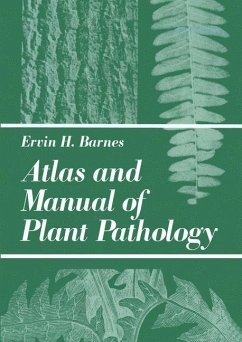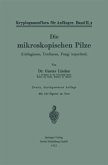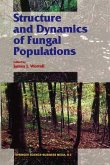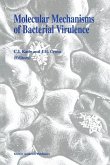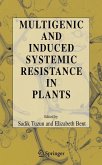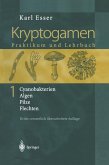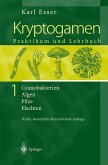Ideally a textbook should integrate with the lectures and labs in a science course. Select ing such a book can be an onerous (and sometimes impossible) task for the teacher. Students are wary of getting stuck with a "useless" book, i. e. , one to which the instructor never refers. The reader probably has some practical appreciation of their concern. I remem ber an instructor who not only denounced the very text he had chosen, but also informed the class that he wouldn't be using it. This was after I had already purchased a copy! Being mindful of the foregoing, I decided to try Barnes' Atlas and Manual of Plant Pathology in 1973. Six years and 800 students later I have no regrets about my choice. As far as I am concerned it is still the finest book of its kind on this continent. Barnes' Atlas contains an excellent blend of the diagnostic and experimental aspects of plant pathology. His treatment of each disease on an individual basis allows the instruc tor to omit some pathogens without disturbing the book's continuity. My one-semester course in Forest Pathology is largely descriptive. Strong emphasis is placed on field recognition of symptoms and signs. This is facilitated by Barnes' technique. In a sequence of photographs, the diseased plant or part is first viewed as a whole to show the general symptoms. This is usually followed by a close-up ofthe signs (i. e.
Hinweis: Dieser Artikel kann nur an eine deutsche Lieferadresse ausgeliefert werden.
Hinweis: Dieser Artikel kann nur an eine deutsche Lieferadresse ausgeliefert werden.

